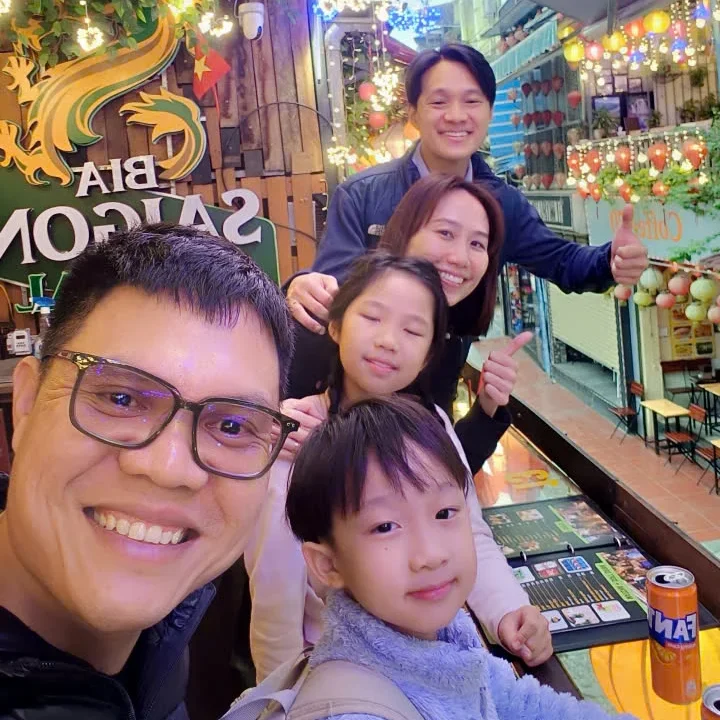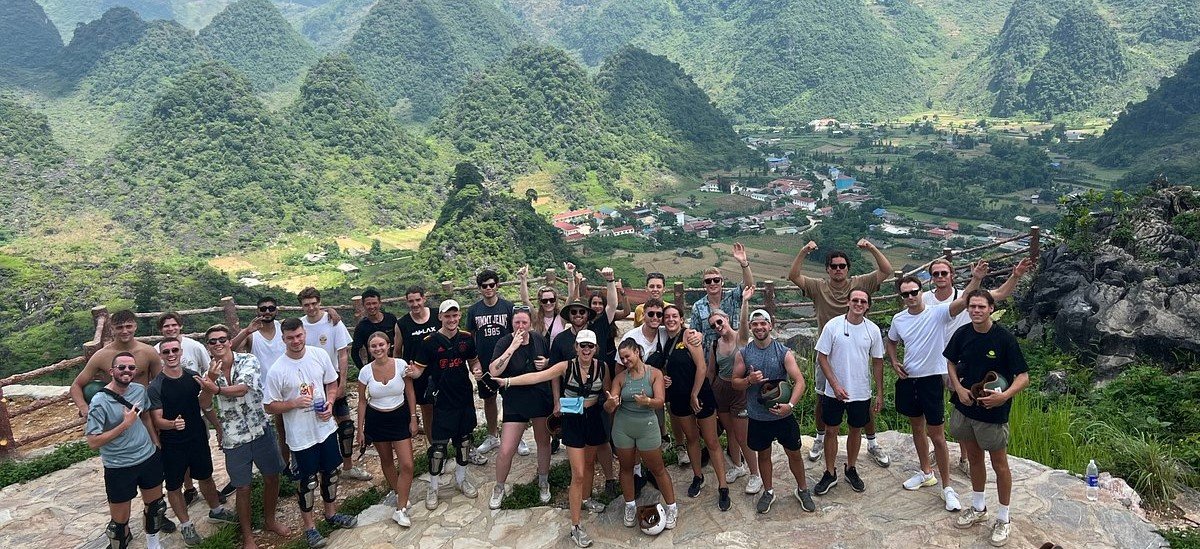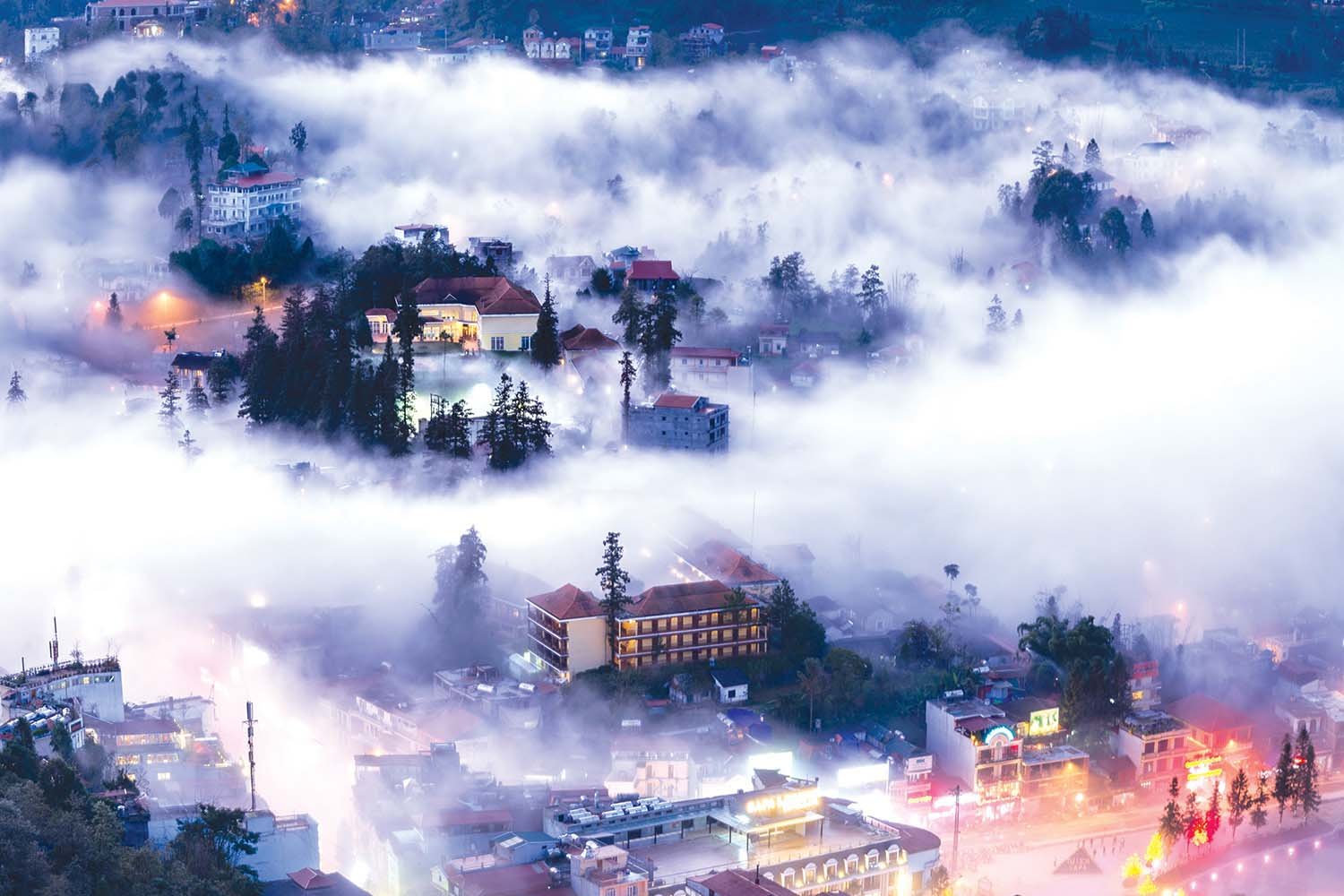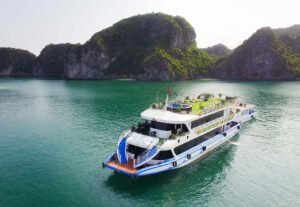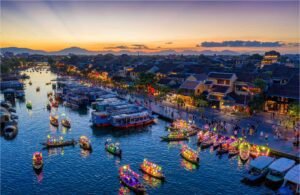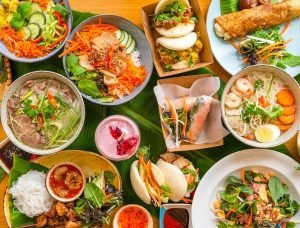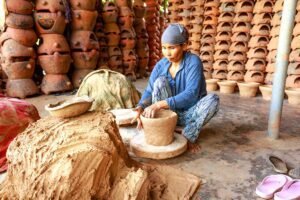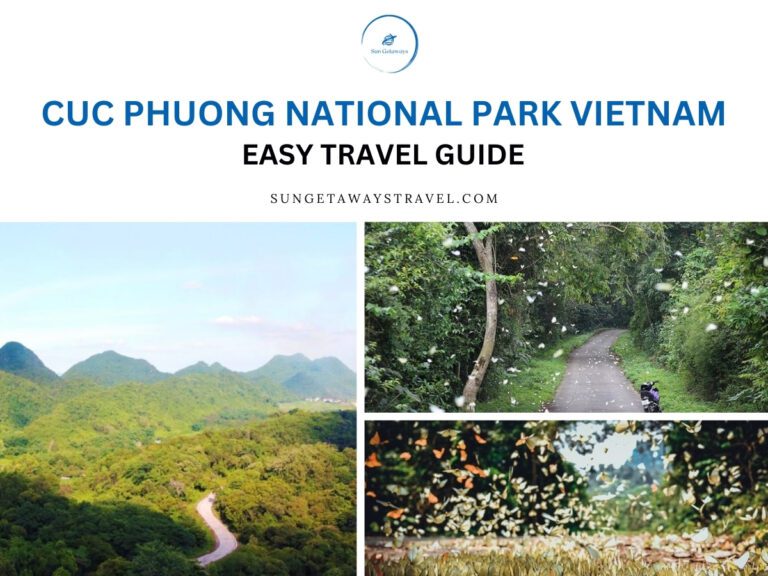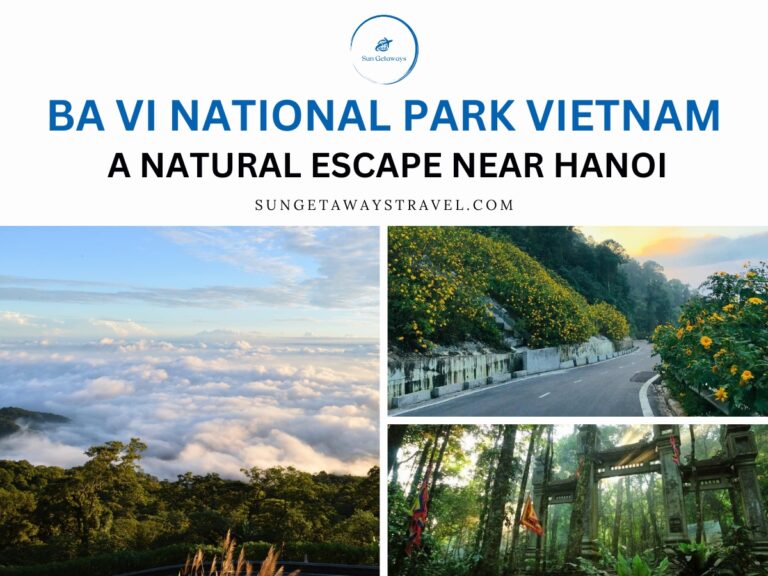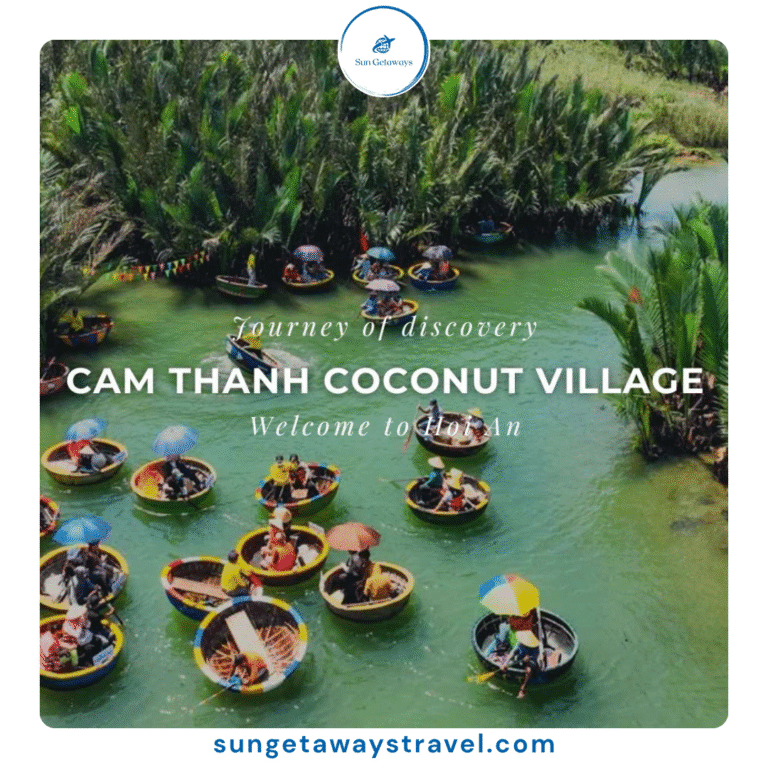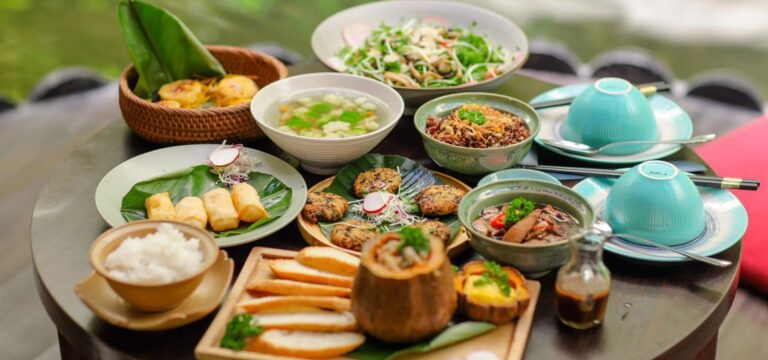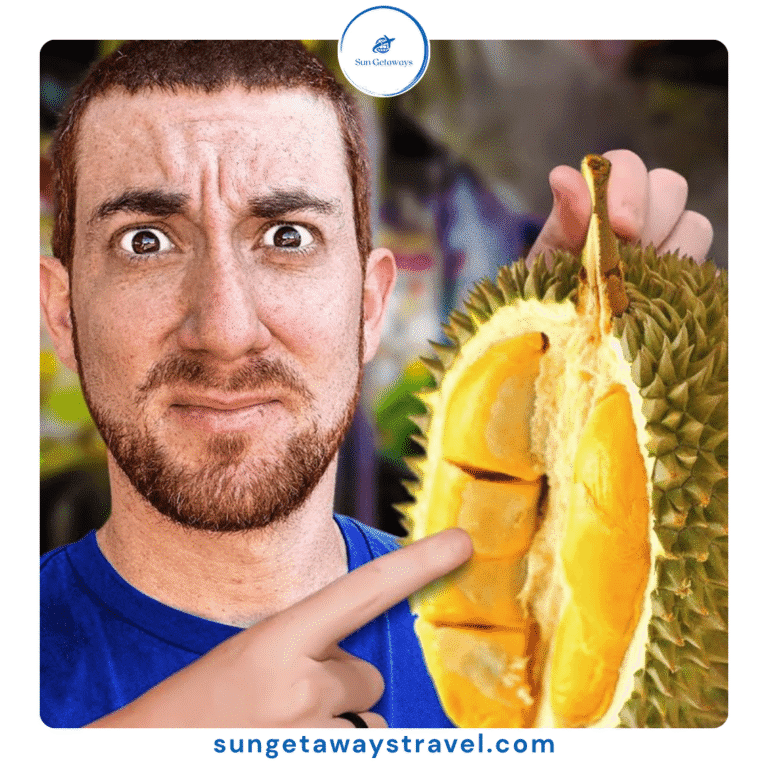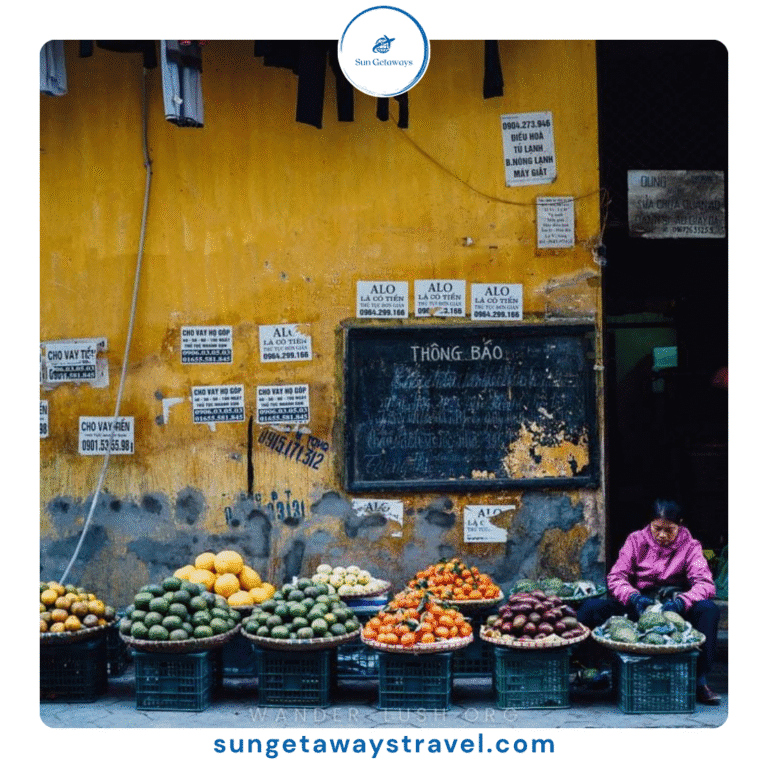Exploring Ba Be National Park Vietnam: Lakes, Caves, and Villages
Nestled in the northern mountains of Bac Kan Province, Ba Be National Park Vietnam is one of the country’s most enchanting natural treasures. Known for its emerald lakes, mysterious caves, and traditional ethnic minority villages, the park offers travelers an immersive escape into unspoiled nature and authentic culture. Whether you’re a nature enthusiast, an adventure seeker, or a cultural explorer, Ba Be is a destination that deserves a spot on your Vietnam itinerary.
Ba Be National Park Vietnam Overview
Why Visit Ba Be National Park Vietnam?
Among the many Vietnam national parks, Ba Be stands out for its unique combination of biodiversity, landscapes, and local traditions. Established in 1992, the park covers over 23,000 hectares of forest, rivers, lakes, limestone karsts, and valleys. Its name, Ba Be, translates to “Three Lakes,” reflecting its central attraction — Ba Be Lake, a rare natural freshwater lake formed over 200 million years ago.
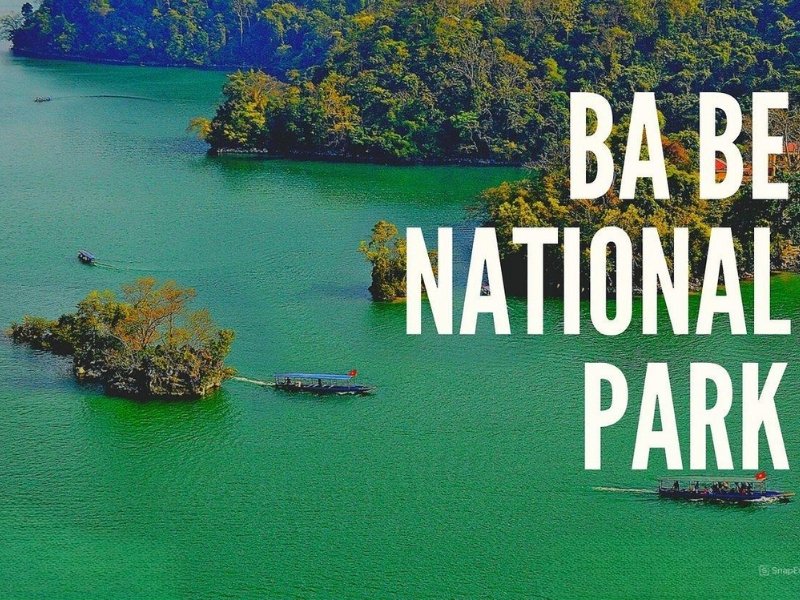

Travelers are drawn to Ba Be not only for the stunning scenery but also for the slower pace of life. The park is home to several ethnic groups, including the Tay, Dao, and Hmong, who preserve centuries-old customs and hospitality. A journey here offers both natural wonders and cultural encounters.
Best Time to Visit
Ba Be National Park Vietnam is beautiful year-round, but the best seasons depend on your preferences:
- Spring (March–May): Flowers bloom, and temperatures are mild.
- Summer (June–August): Lush greenery, but occasional heavy rain.
- Autumn (September–November): Clear skies, ideal for trekking and boating.
- Winter (December–February): Cool weather, fewer crowds, and peaceful scenery.
Each season offers something special, making Ba Be a destination worth revisiting. You can check the general best time to visit Vietnam for overall weather guidance.
How to Get There
Ba Be National Park is located about 240 kilometers from Hanoi. Travel options include:
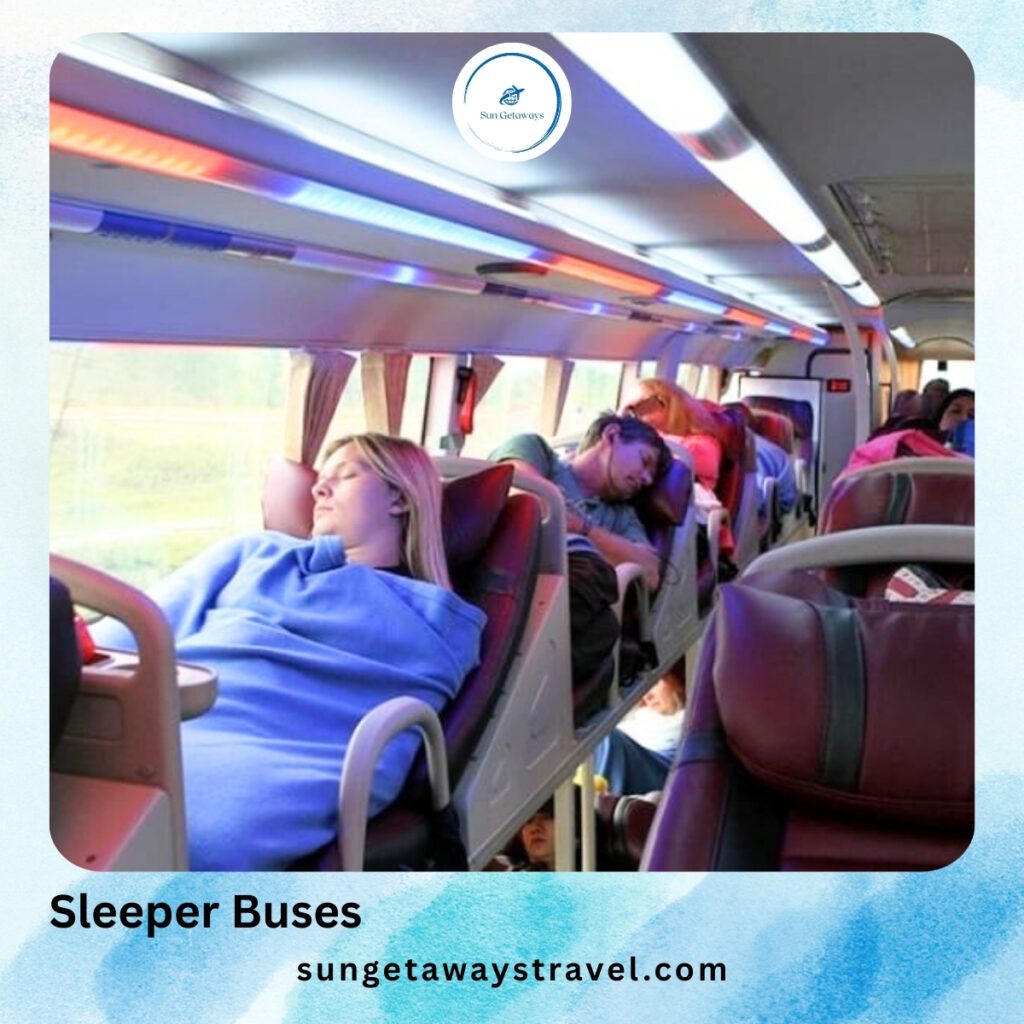

- By Bus or Minivan: Regular services run from Hanoi to Bac Kan town, followed by a local transfer to Ba Be.
- Private Car or Tour: A convenient choice for travelers who prefer comfort and flexibility. This is often the most comfortable method for adventure travel in Vietnam.
The Jewel of the Park: Ba Be Lake
Ba Be Lake is the centerpiece of the park, stretching over 8 kilometers in length and surrounded by towering limestone cliffs. Its waters are calm and jade-green, reflecting the dense forest that lines the shores. Visitors can explore the lake by boat, kayak, or even stand-up paddleboard.
Highlights of Ba Be Lake include:
- Boat Cruises: A guided boat trip allows you to glide past islets, caves, and rivers feeding the lake.
- Swimming: The lake’s clean, fresh water makes it safe and inviting for swimming.
- Birdwatching: The lake area is home to hundreds of bird species, perfect for eco-tourists.
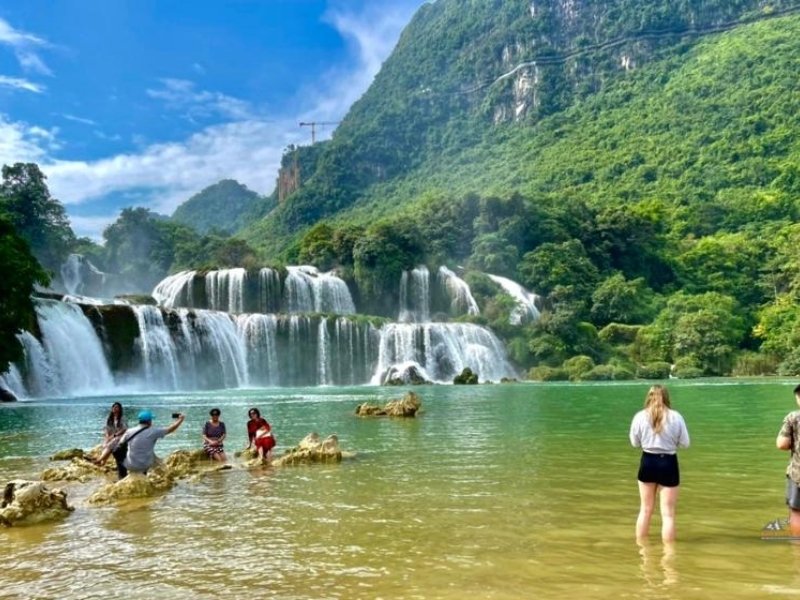
The lake’s mystical charm deepens at sunrise and sunset when the surrounding cliffs are bathed in golden light. Spending a night at a lakeside homestay provides a front-row seat to these breathtaking views.
Exploring Caves and Waterfalls
Ba Be National Park Vietnam is dotted with impressive caves and waterfalls shaped by millions of years of limestone erosion. Each site adds an element of adventure and discovery to your journey.
Hua Ma Cave
One of the most spectacular caves in the park, Hua Ma Cave boasts dramatic stalactites and stalagmites. The cave is illuminated by soft lighting, highlighting natural rock formations that seem otherworldly.
Puong Cave
Accessible by boat, Puong Cave sits along the Nang River and is home to thousands of bats. The river flows through the cave, creating an unforgettable kayaking or boat passage.
Dau Dang Waterfall
Located at the confluence of three rivers, Dau Dang Waterfall is a cascade of foaming water surrounded by lush jungle. It’s a popular picnic and photography spot, showcasing the natural beauty of Vietnam.


These natural wonders make Ba Be more than just a lake destination. They showcase the park’s geological history and the diversity of experiences waiting for explorers.
Villages and Local Culture
Beyond the natural scenery, Ba Be National Park Vietnam is a living cultural landscape. The Tay, Dao, and Hmong communities maintain traditional ways of life, offering visitors a rare opportunity to connect with local culture.
Tay Villages
The Tay people are the largest ethnic group in Ba Be. Their stilt houses are often built along the lake’s edge or nestled in valleys. Visitors can stay in homestays here, enjoying local meals of grilled fish, sticky rice, and herbal teas, reflecting Vietnamese home cooking.
Dao and Hmong Communities
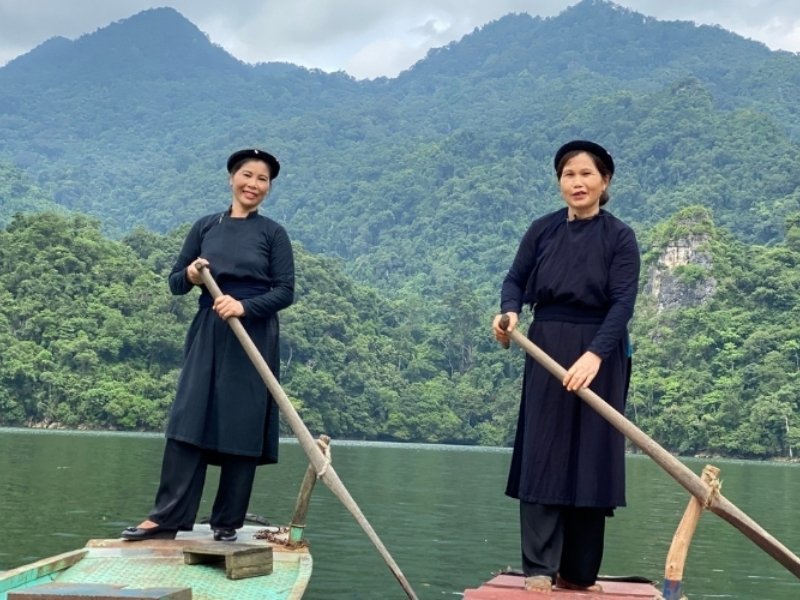

The Dao and Hmong live in higher mountain areas and are known for their vibrant traditional clothing, handicrafts, and farming practices. Trekking to these villages allows you to witness their unique lifestyles and landscapes.
Activities in Ba Be National Park Vietnam
Ba Be National Park Vietnam offers a perfect blend of peaceful water activities and challenging mountain exploration.
| Activity | Description |
| Boat & Kayaking | Explore the vast Ba Be Lake and the Nang River. Visit key spots like Puong Cave and Dau Dang Waterfall via water. |
| Trekking & Hiking | Follow trails through the forest to villages (like Pac Ngoi) and stunning limestone viewpoints. |
| Cultural Homestay | Stay overnight in traditional stilt houses in Tay ethnic villages (e.g., Pac Ngoi or Bo Lu). |
| Cycling | Rent a bicycle to ride along quiet, paved rural paths connecting the various villages and the edge of the lake. |
| Caving | Discover massive limestone structures inside Puong Cave and the beautifully lit Hua Ma Cave. |
| Photograph | Schedule your boat trip on Ba Be Lake for early morning (around 7:00 AM). This is the prime time to witness and photograph the lake covered in magical, ethereal mist. |
For travelers seeking meaningful cultural connections, Sun Getaways Travel arranges guided visits to Tay, Dao, and Hmong villages — ensuring authentic experiences while supporting local families.
Where to Stay in Ba Be National Park Vietnam
Accommodation in Ba Be National Park Vietnam is centered around homestays, eco-lodges, and small guesthouses. Staying with local families offers cultural immersion, while eco-lodges provide comfort in a natural setting. Options include:
| Accommodation Type | Key Features and Value |
| Tay Village Homestays | Authentic Cultural Immersion. Stay with local families (Tay ethnic group) in traditional stilt houses. Includes home-cooked meals (often communal) and direct lakeside views. |
| Eco-Lodges / Guesthouses | Comfort & Sustainability. Offers modern amenities in a natural setting. Provides more privacy and convenience, often located near Cho Ra town or main roads. |
| Cho Ra Town Guesthouses | Convenience & Facilities. Basic, budget-friendly options located outside the main park boundary, offering easier access to local shops and transport links. |
Travel Tips for Ba Be National Park Vietnam
To ensure a smooth, sustainable, and culturally rich trip to Ba Be National Park Vietnam, keep these crucial tips in mind:
- Packing Essentials:
- Footwear: Bring sturdy, comfortable shoes for trekking and slippery cave paths.
- Gear: Pack insect repellent, sunscreen, and lightweight rain gear (especially during the rainy season). Check our full Vietnam packing list for more details.
- Cultural Respect:
- Dress Code: Dress modestly when visiting local ethnic Tay villages out of respect.
- Interact: Learn a few basic Vietnamese phrases or even Tay to build rapport with the locals.
- Sustainable Travel Focus:
- Accommodation: Choose local homestays in villages like Pac Ngoi or Bo Lu, as this directly supports the ethnic Tay community.
- Guides: Always hire a local ethnic Tay guide for trekking; they possess valuable knowledge of the forest and culture.
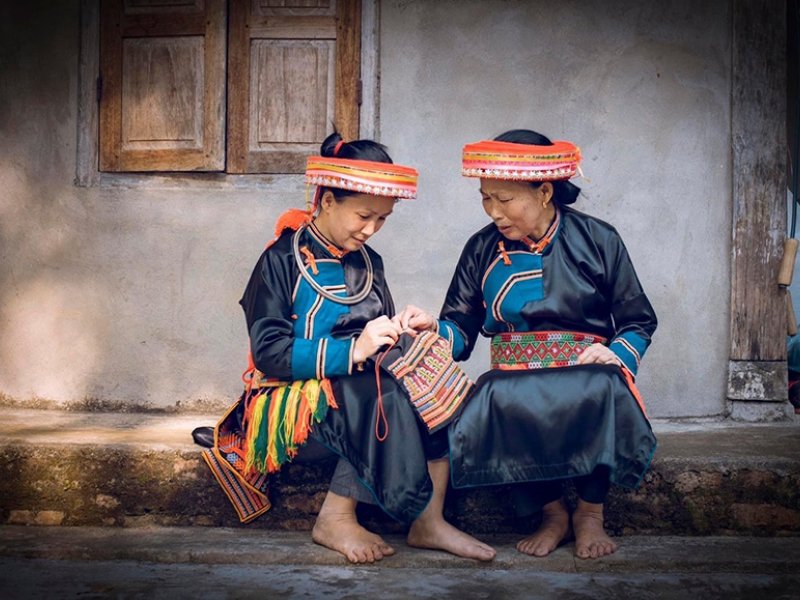

Why Ba Be Should Be on Your Vietnam Itinerary
Ba Be National Park Vietnam is more than just a destination — it’s an experience that combines natural wonders with authentic cultural encounters. Whether you’re gliding across Ba Be Lake, exploring hidden caves, or sharing meals with Tay families, each moment offers a glimpse into a side of Vietnam that few tourists see.
For those seeking a balance of adventure, relaxation, and culture, Ba Be National Park Vietnam is an unmissable destination. From the serene waters of Ba Be Lake to the vibrant traditions of ethnic villages, the park offers a journey into both nature and humanity. It’s a reminder of Vietnam’s incredible diversity and a call to explore beyond the well-trodden paths.
Discovering Ba Be means discovering Vietnam at its most authentic. And with the right travel partner, your experience can be seamless, meaningful, and unforgettable.


FAQs: Guide to Ba Be National Park Vietnam
- What is Ba Be National Park famous for?
It is famous for Ba Be Lake (Hồ Ba Bể), Vietnam’s largest natural freshwater lake, surrounded by stunning limestone karsts, dense forest, and traditional ethnic villages. - What are the main activities in the park?
The main activities are boat tours on the lake to see caves and waterfalls, trekking through the jungle, and staying in traditional homestays in stilt houses (e.g., in Pác Ngòi village). - How long should I plan to stay in Ba Be?
Most visitors recommend staying for a minimum of 2 days and 1 night to allow enough time for a boat trip and a trek. - What is the best way to get to Ba Be National Park?
The most common way is via a private car/taxi or a sleeper bus from Hanoi, which takes approximately 5 to 7 hours. - When is the best time to visit Ba Be?
The best time is generally the dry season, from October to April, when the weather is cool and sunny, making trekking and boat trips very pleasant.
Planning your Vietnam adventure? Contact Sun Getaways Travel today to create a tailor-made itinerary that includes Ba Be National Park and other hidden gems across the country.
Ask a question
Leave a Comment (0)
No questions yet. Be the first to ask a question!

